Sharing is caring!
Over the last decade, there have been several articles released declaring poetry is dead. In fact, the most recent was an opinion piece in the New York Times in December 2022!
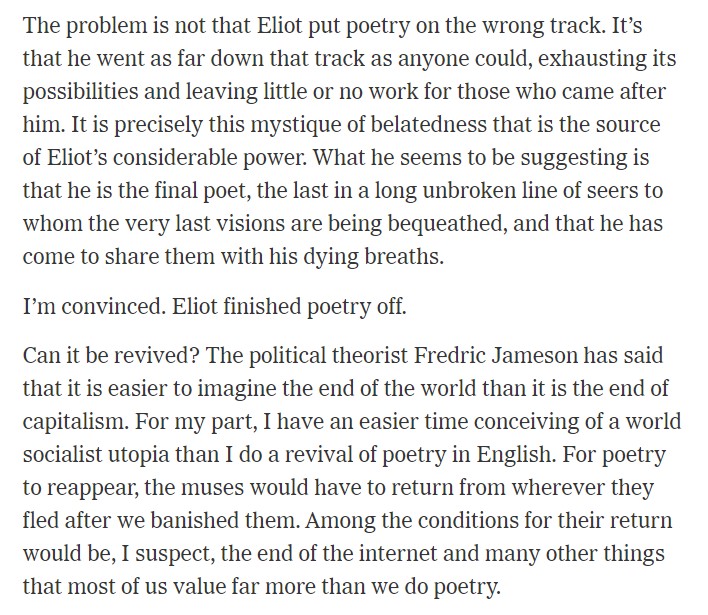
I’m here to say, categorically, that this is simply untrue! But what an amazing topic for debate in class!
You might have students debate which is the best poem in a March Madness-style activity then declare one poem supreme. But in a lead-up to that, why not facilitate a debate about whether poetry is dead or not?
Poetry is Dead Debate Prep Step-by-Step
Information input
The first step is to make sure students have information to help them take a position of pro or con in the debate.
Here are three articles that can provide a lot of information for students to critically sift through in order to support their points.
- Opinion | Poetry Died 100 Years Ago This Month – The New York Times
- Is poetry dead? – The Washington Post
- Does poetry still matter? – CNN
Jigsaw for Note-taking
If you’re teaching strong upper-year students then you might have them read all three since they’re not that long but could be challenging if you’re looking to move the task forward more quickly.
An option is to have students do a jigsaw with the three articles. Students are placed in a group of three; we’ll call this the home group. Each of those three students is assigned a different article from the three listed above. Those with the same article in class are then assigned to a group where everyone reads and takes notes; we’ll call this the expert group. After students work in their expert group they bring their information back to the home group. In this way, students don’t read all three articles but have the information from all three articles.
To facilitate note-taking, a graphic organizer is the way to go. Download this teacher FREEBIE with two simple graphic organizers for the jigsaw and then track the pros and cons.
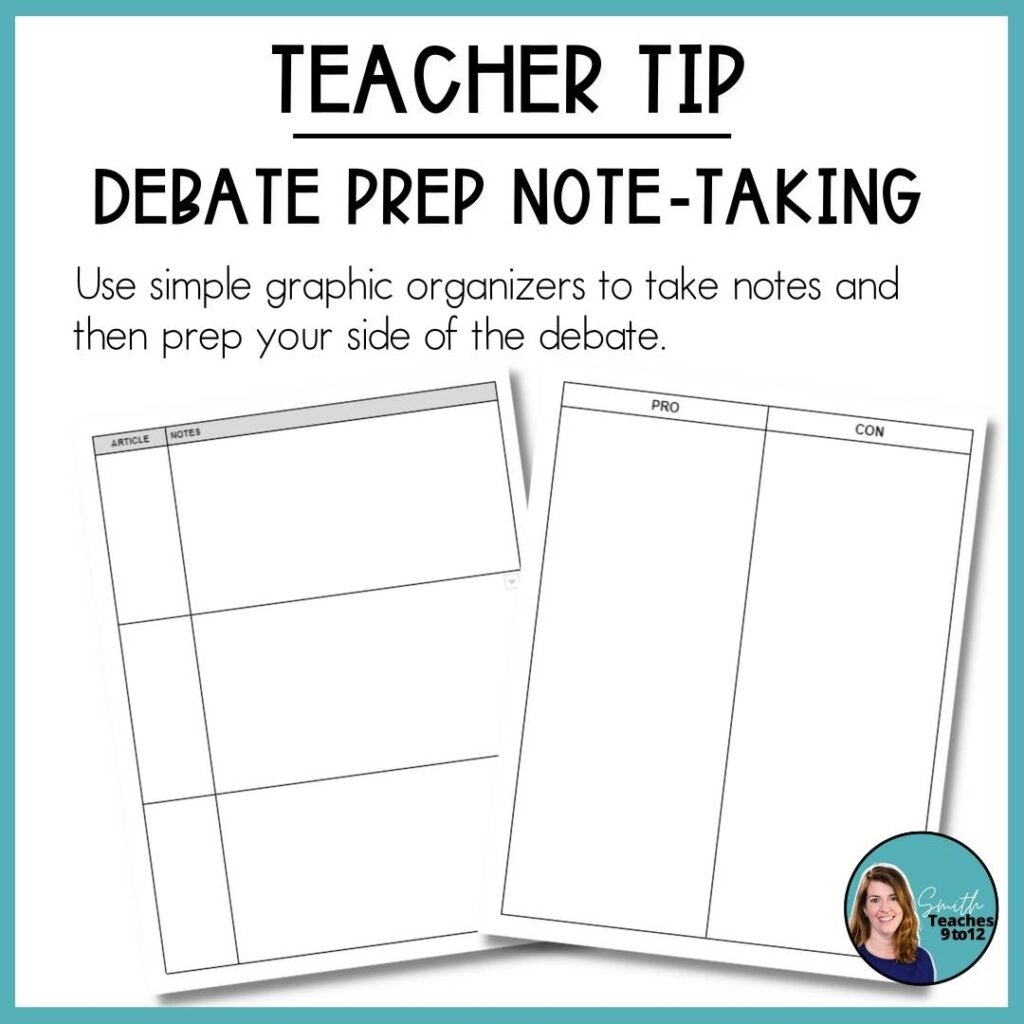
Running the Debate
You have lots of options on how you might run the debate in class. Often using small groups is ideal so students can use cumulative brainpower. There’s also an option of an inside-outside circle format for debate. Check out this post from thoughtco.com for 4 Fast Debate Formats for the Secondary Classroom.
Post-debate reflection
After the debate ask students to answer a few simple questions to reflect on their contributions to the debate as well as their own thoughts on the topic.
- What did you contribute to today’s debate? What role did you play before/during the debate?
- What would you do differently next time we have a classroom debate? Be clear and specific.
- What do you think – is poetry dead? In a short paragraph, write about your own thinking on the topic with some reference to the ideas in the articles. You don’t need to take the same side as you did in the debate. Share what you really think about whether poetry is dead or not.
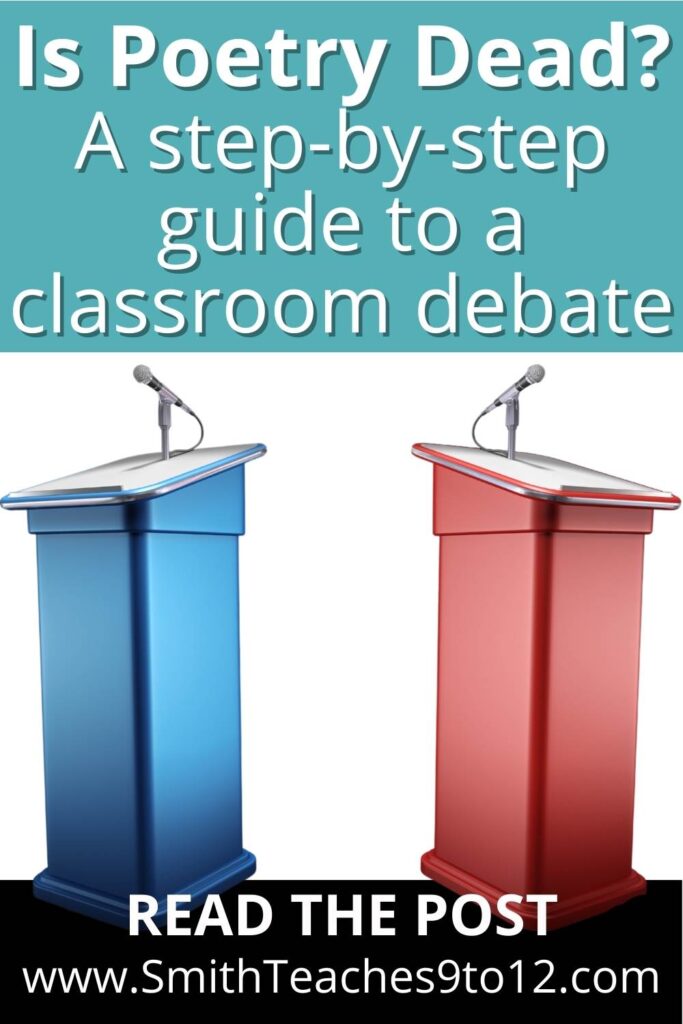
When running this in class, here’s hoping your students come out on the side that poetry isn’t dead! But if they don’t, then it’s best to have some great poetry options to share that will slowly but surely (hopefully!) change their minds!
Check out these posts for just those kinds of poems:
And here’s a list of 15 poetry collections to add to your classroom library asap!

Related articles:
- Helping Students with Tips to Avoid Procrastination
- In Order For Students To Become Better Writers You Must Teach Critical Thinking from Missy at A Better Way to Teach
- Authentic participation for successful discussions in the classroom from Brian and Karolina at English Education Lab

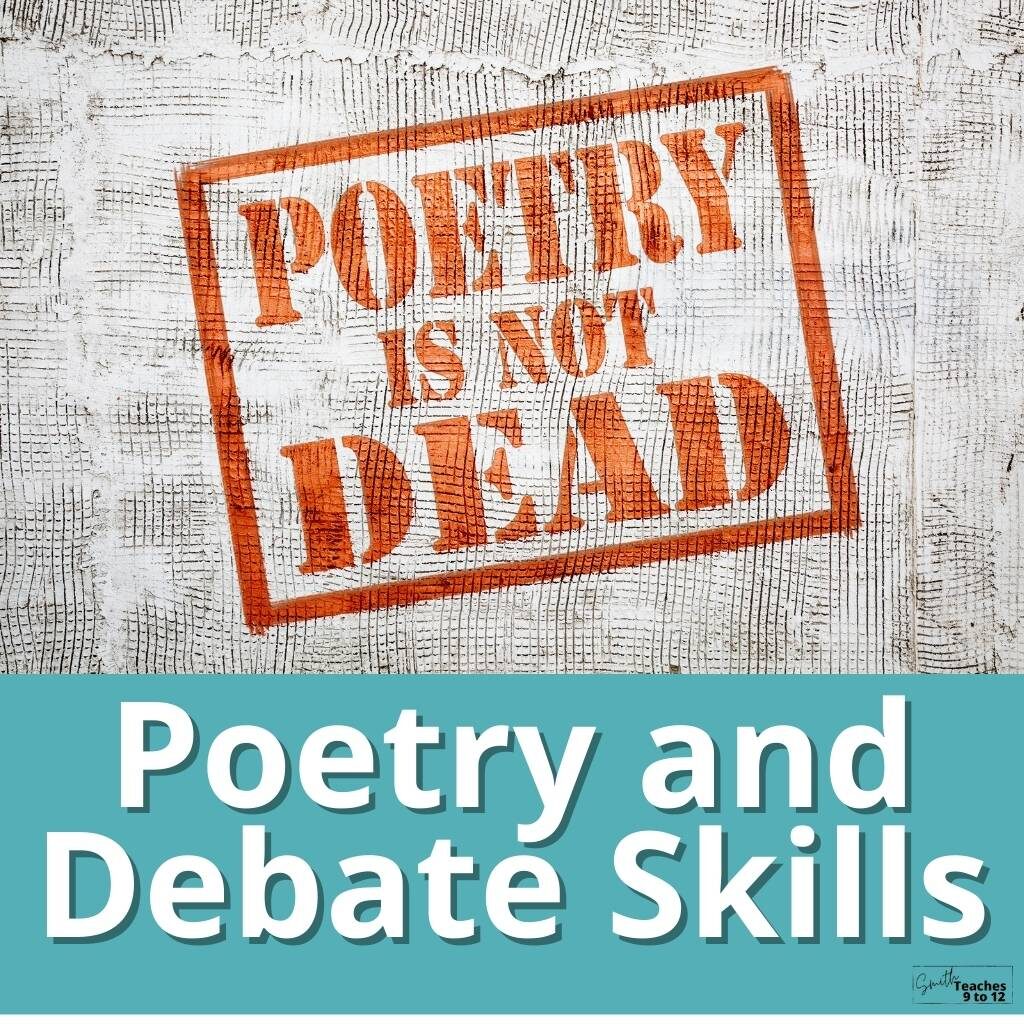

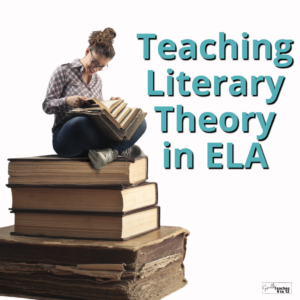
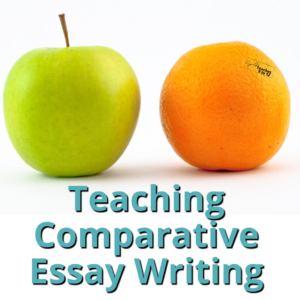
One Response